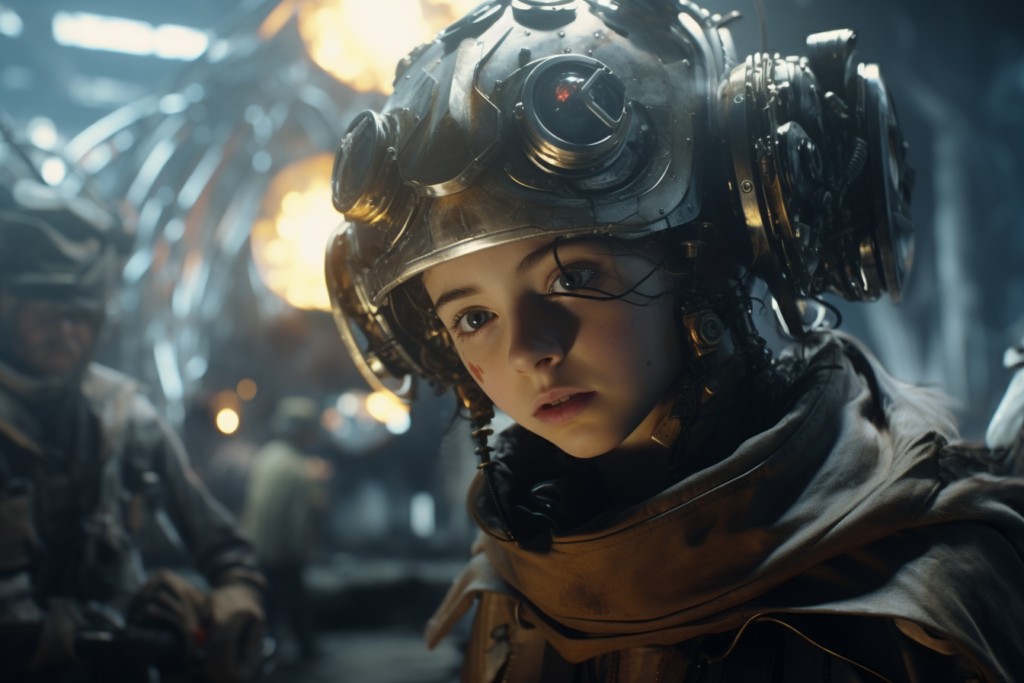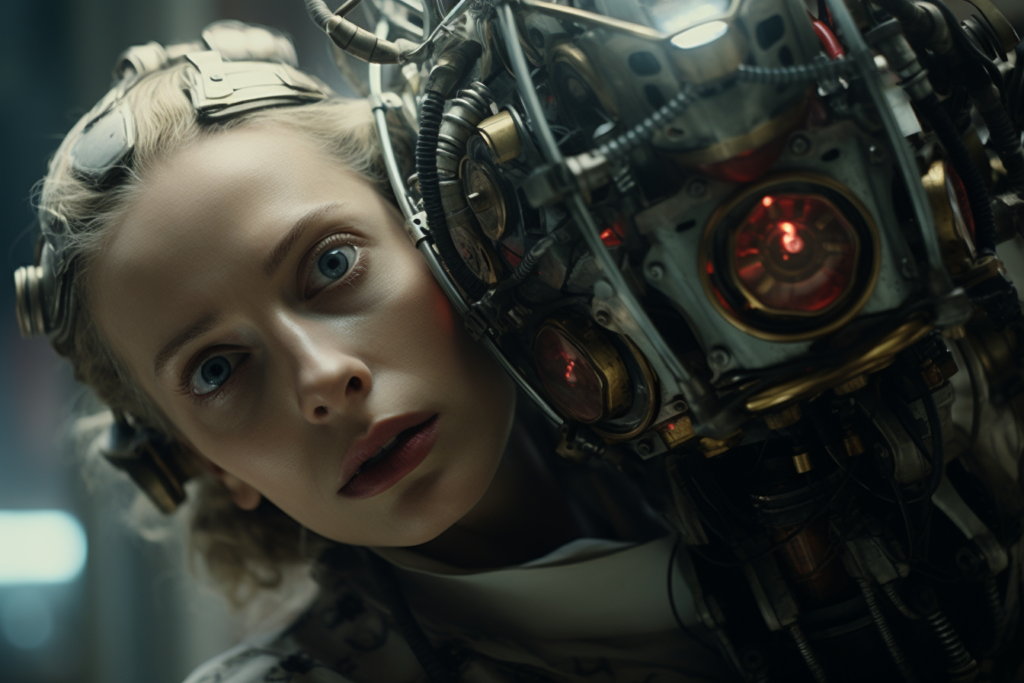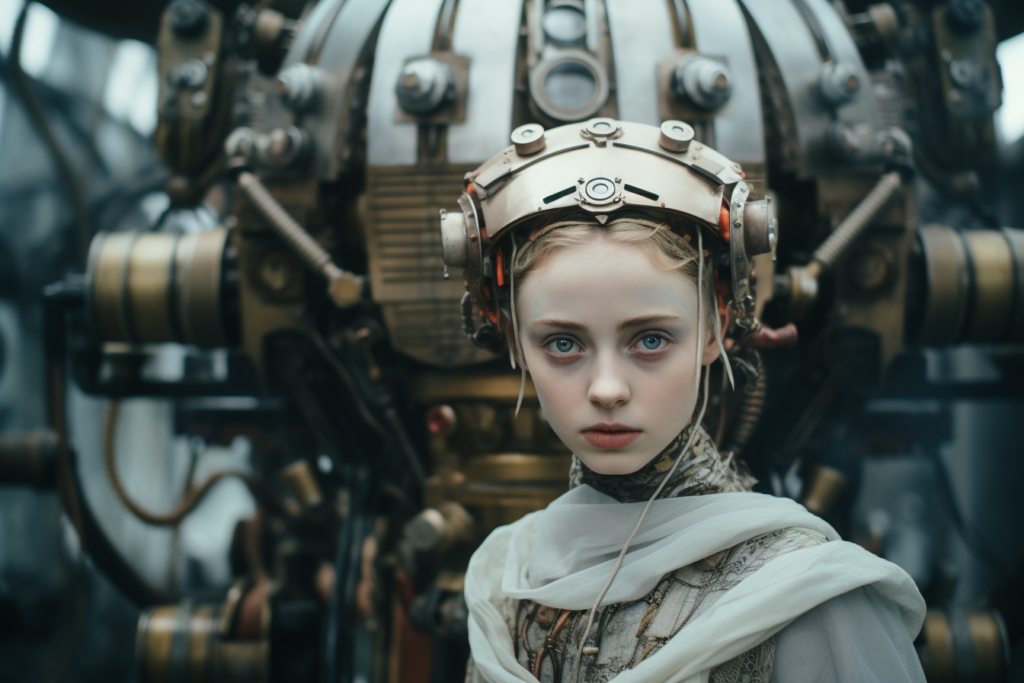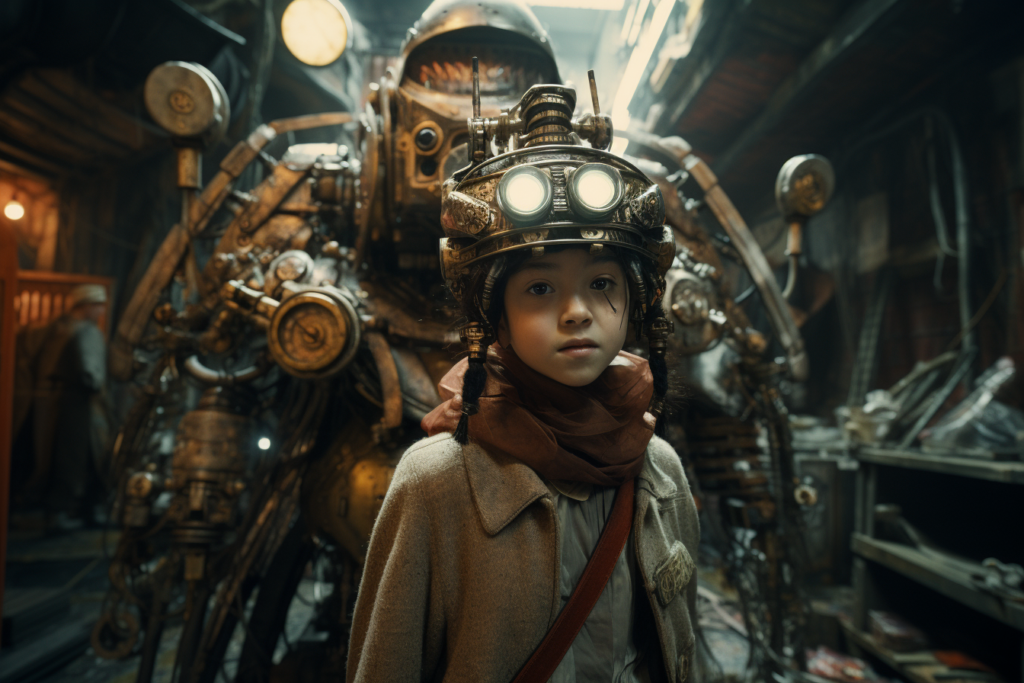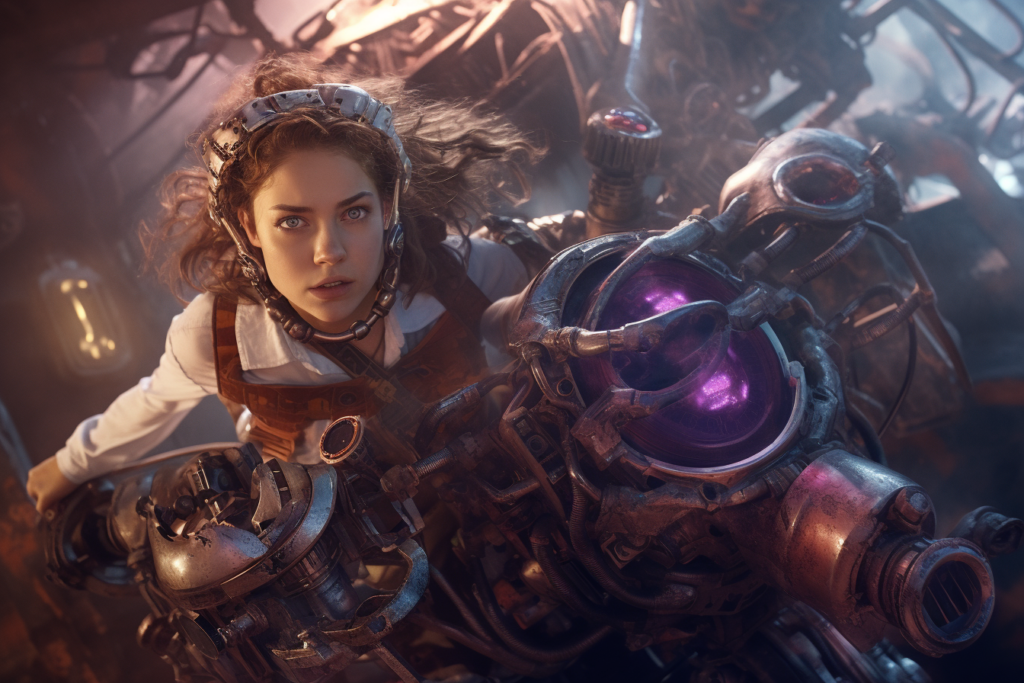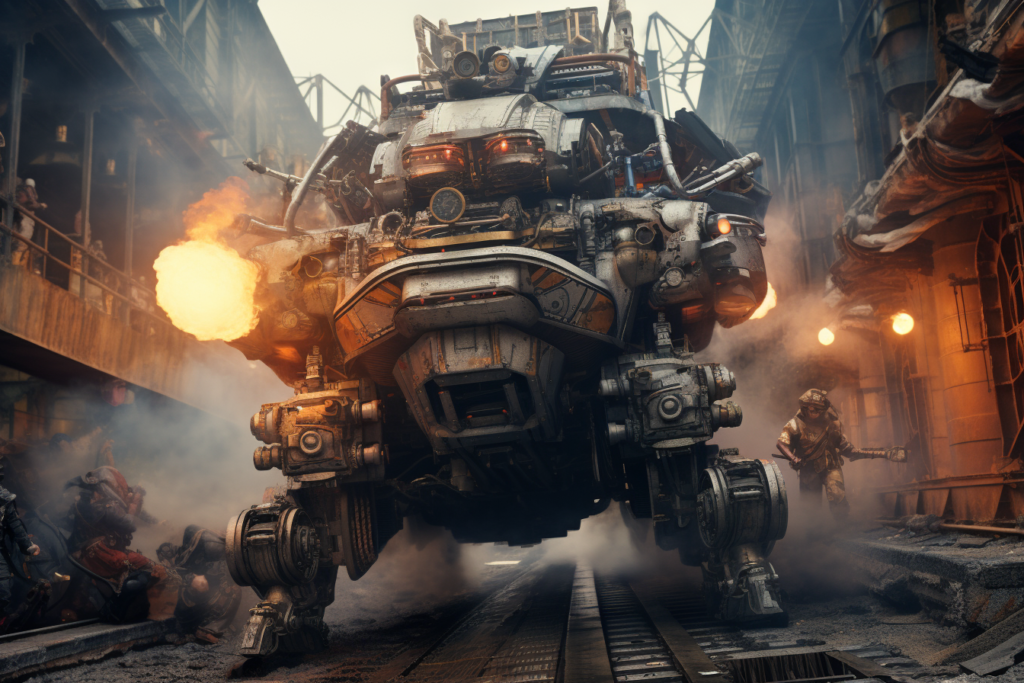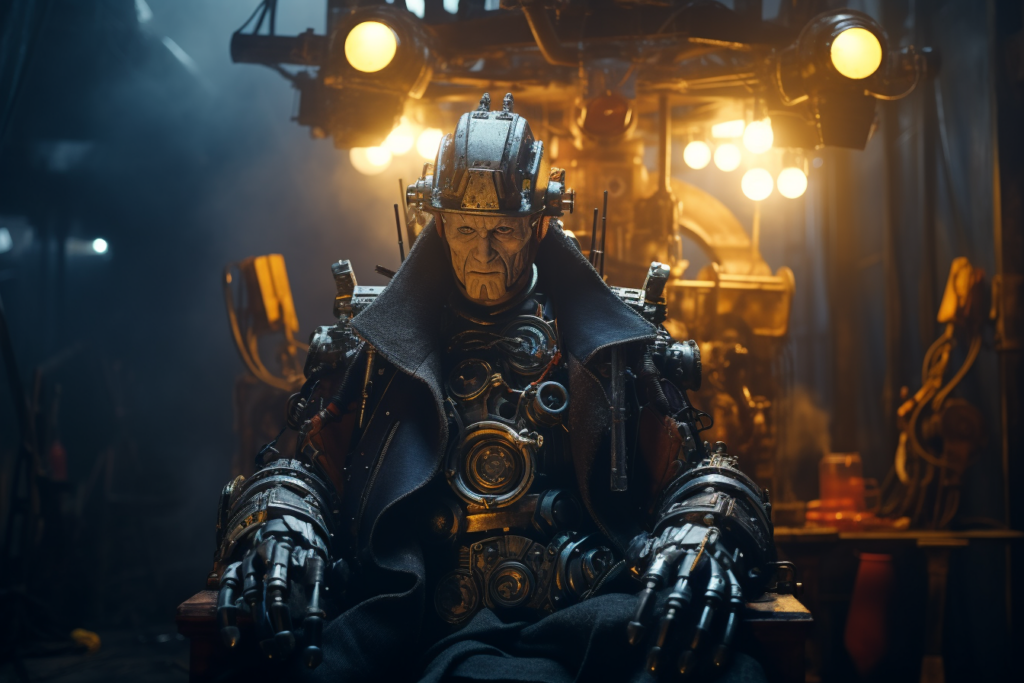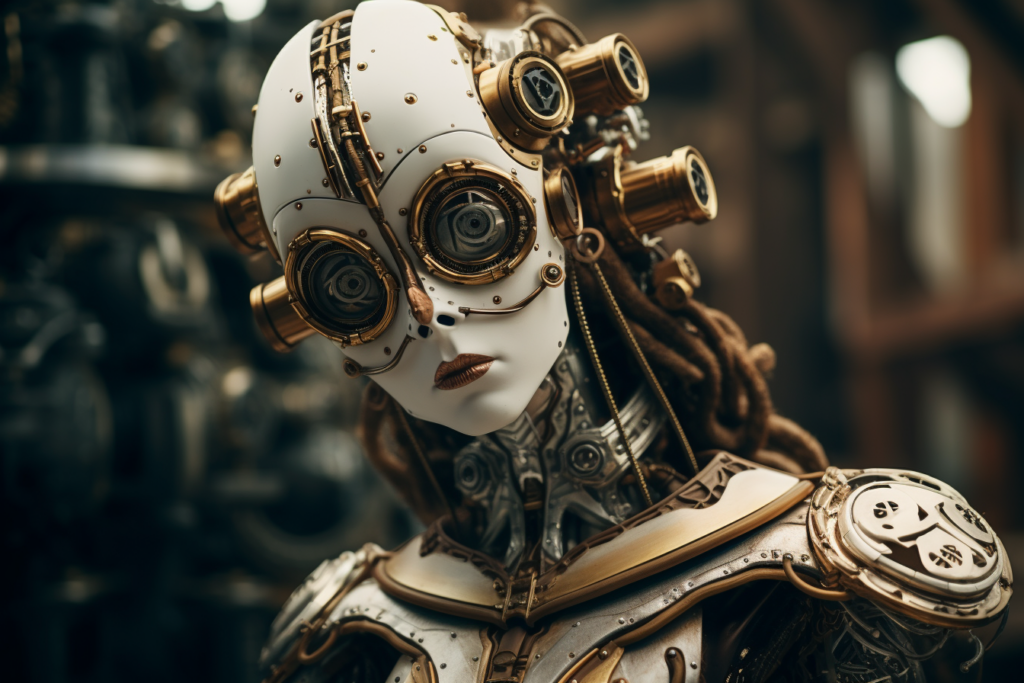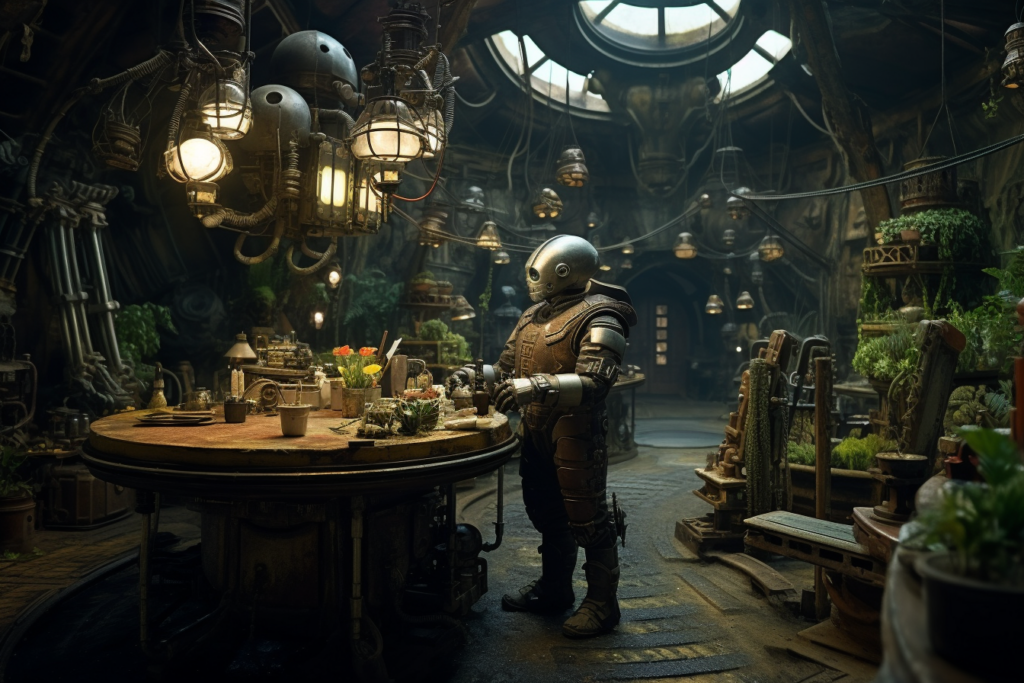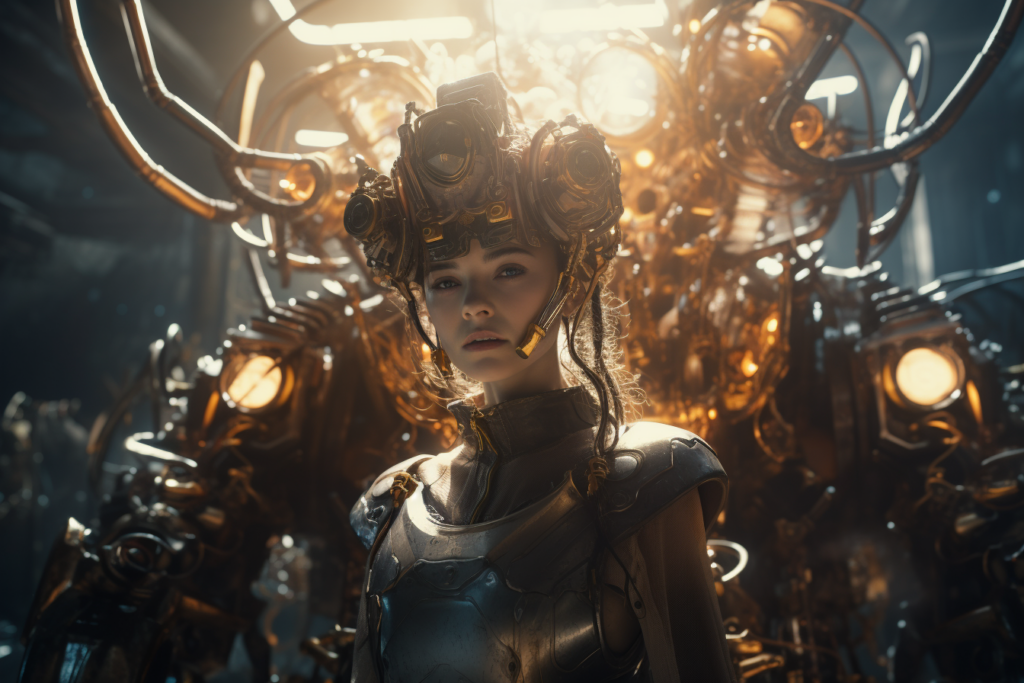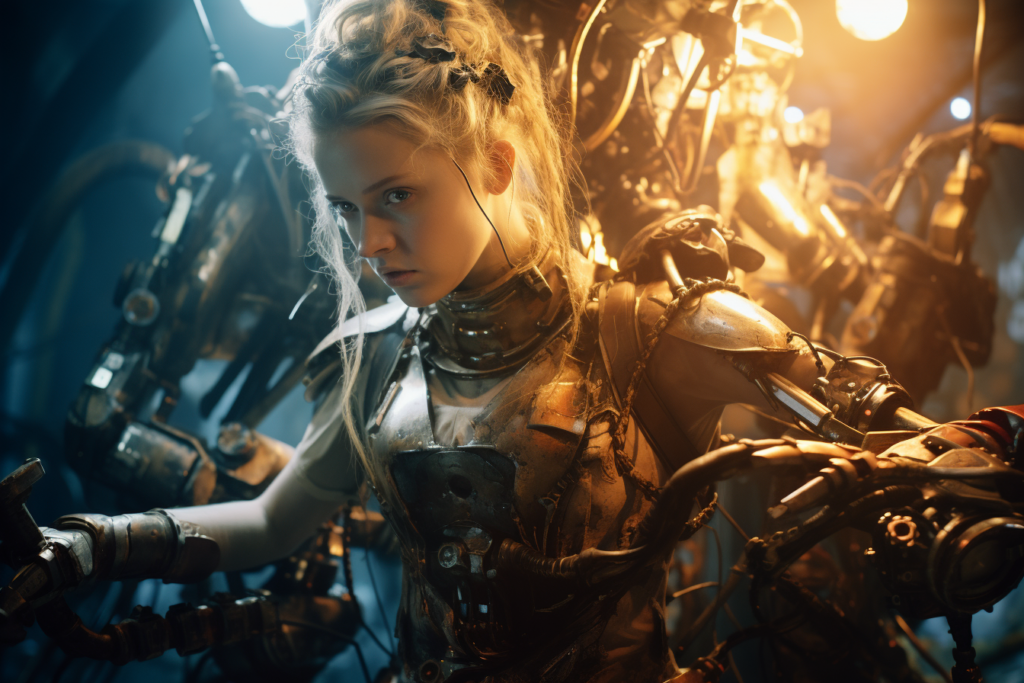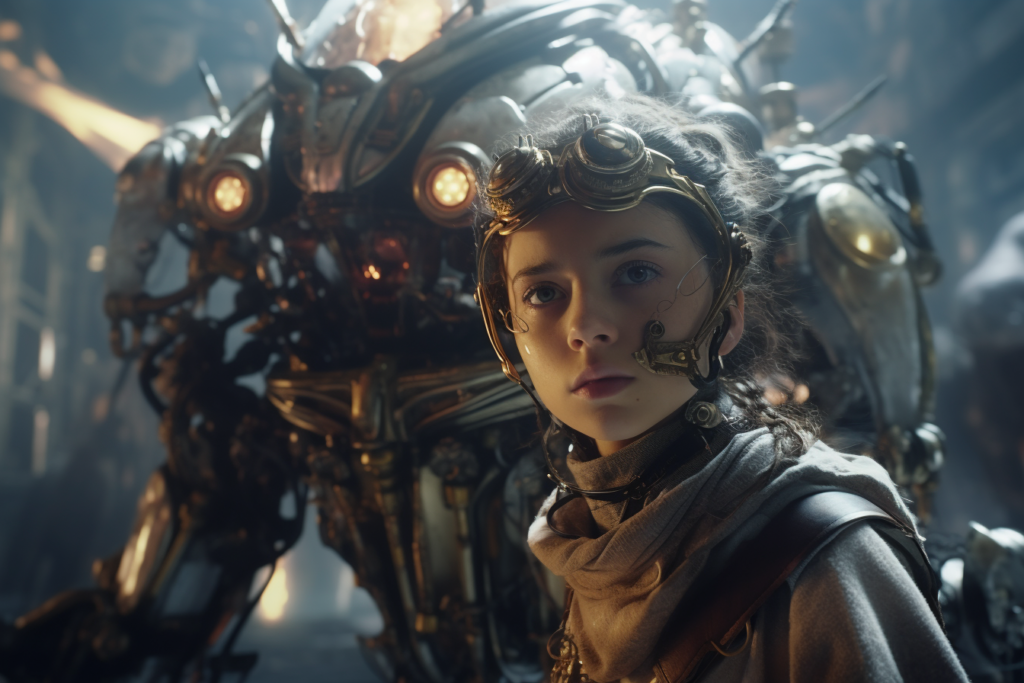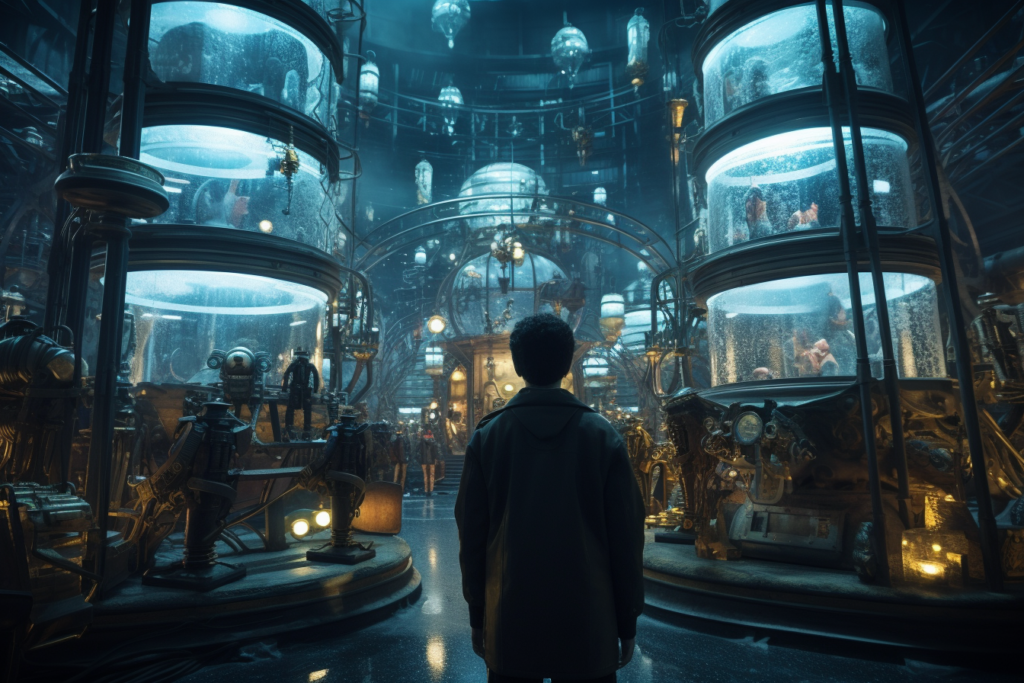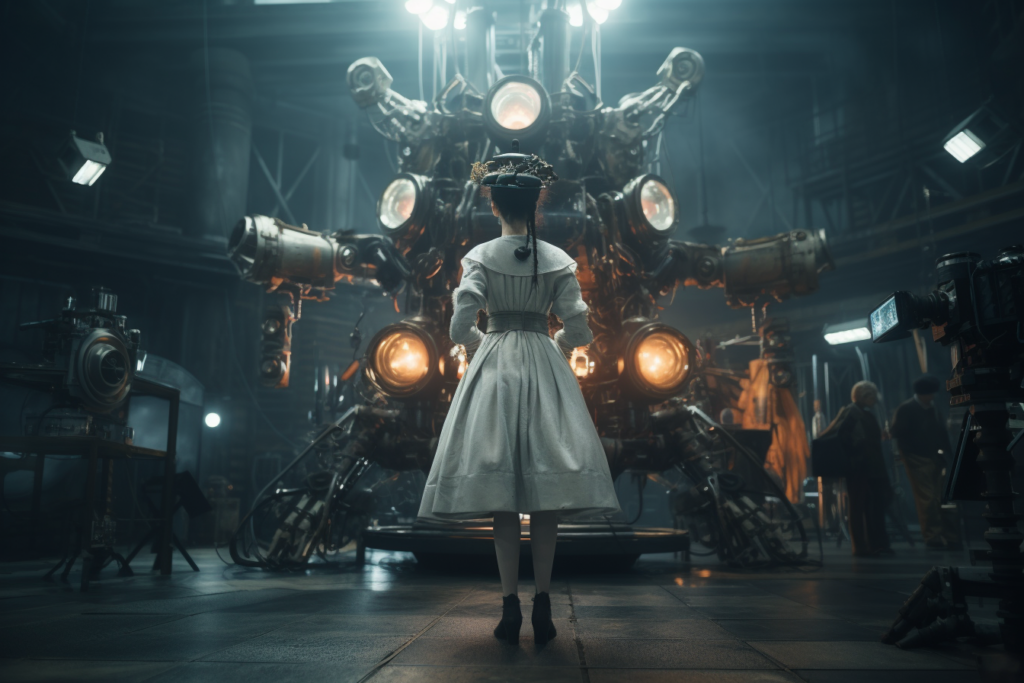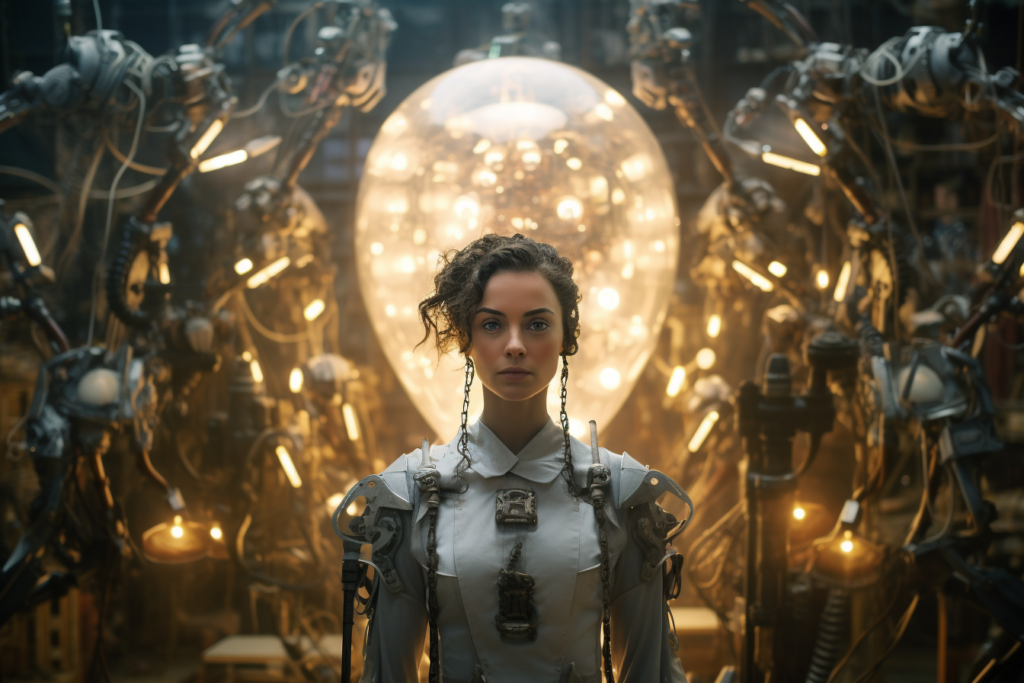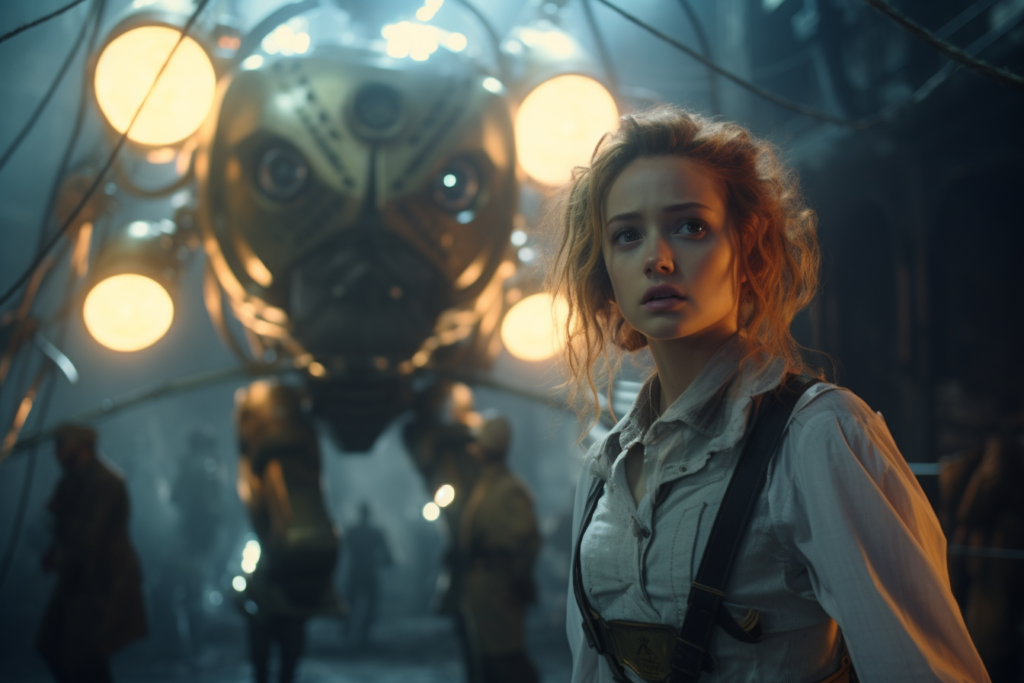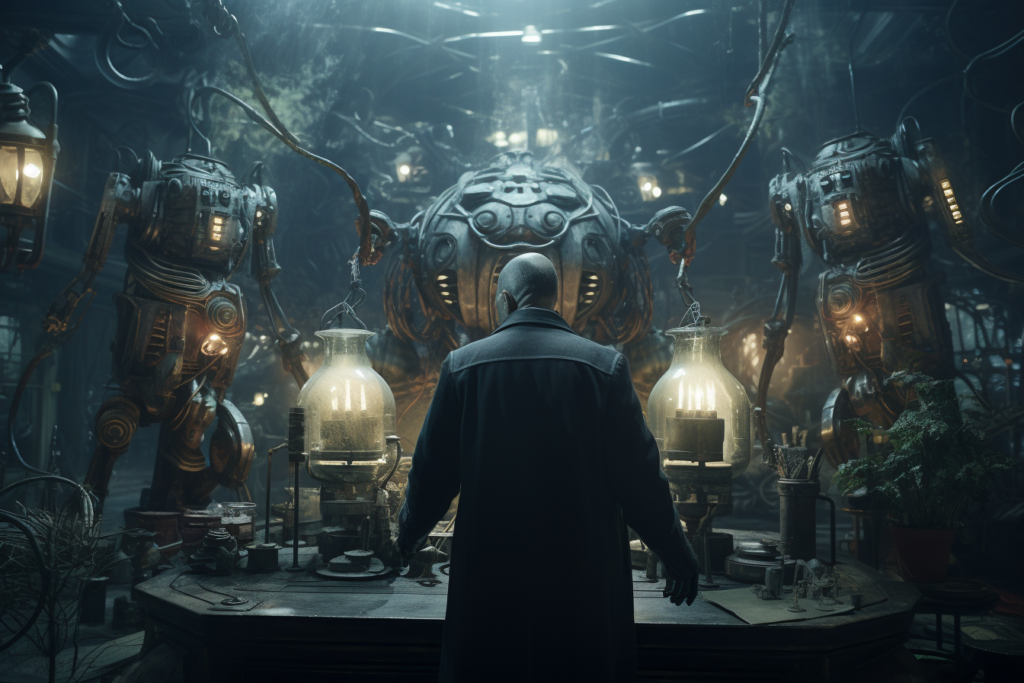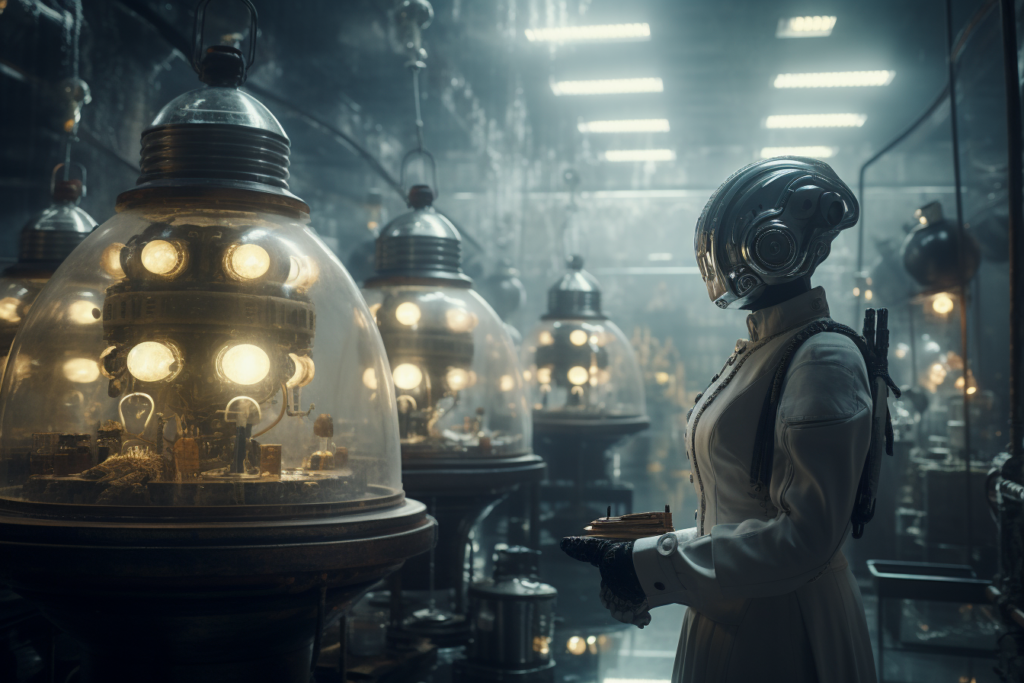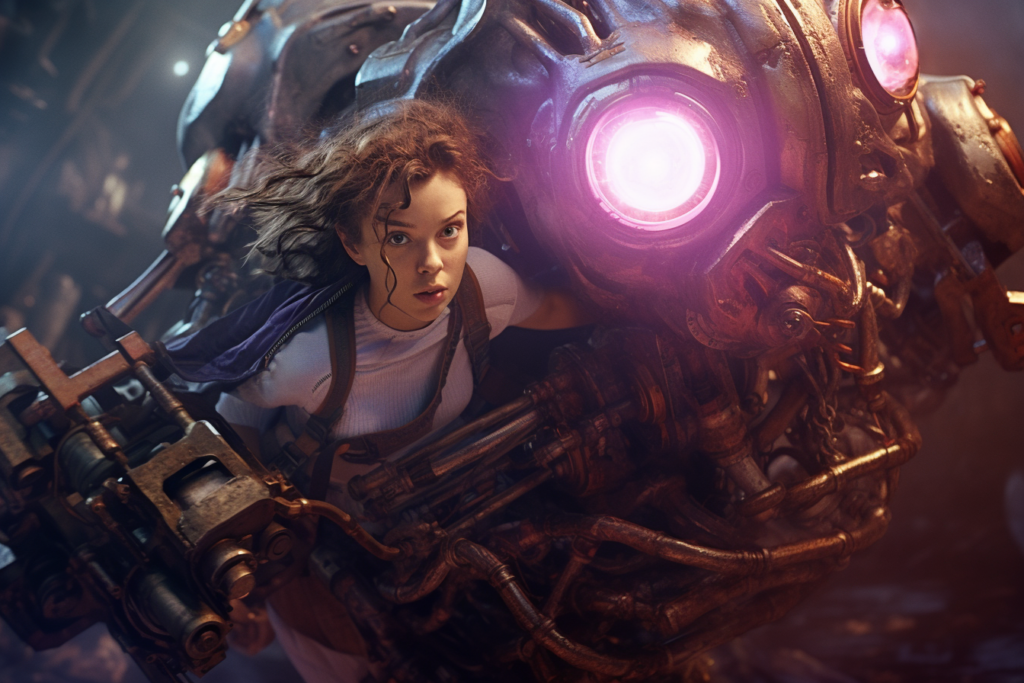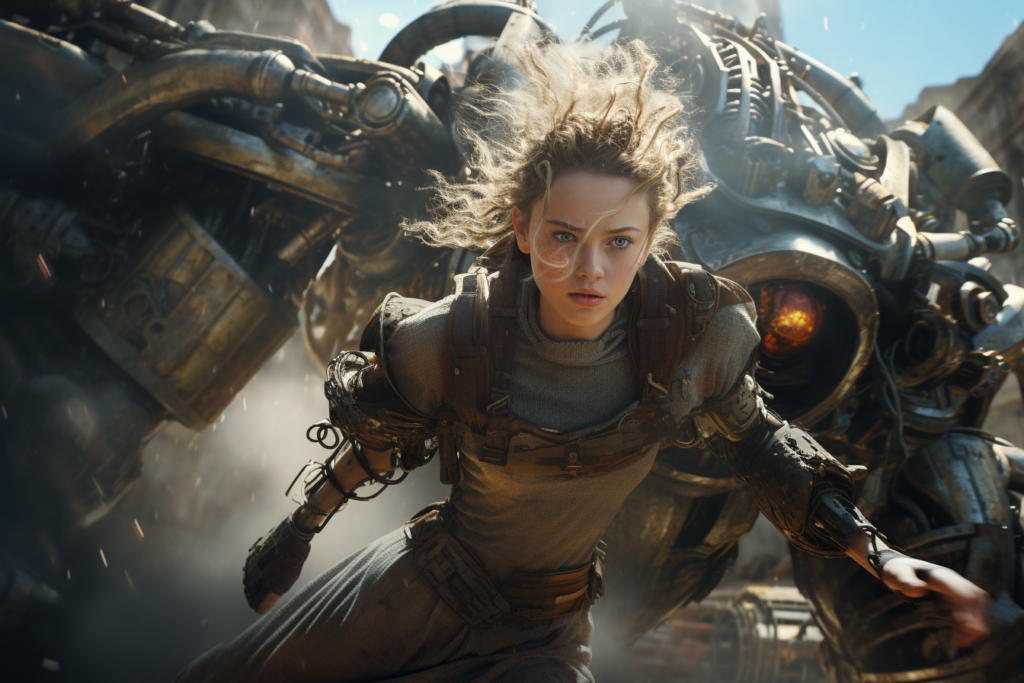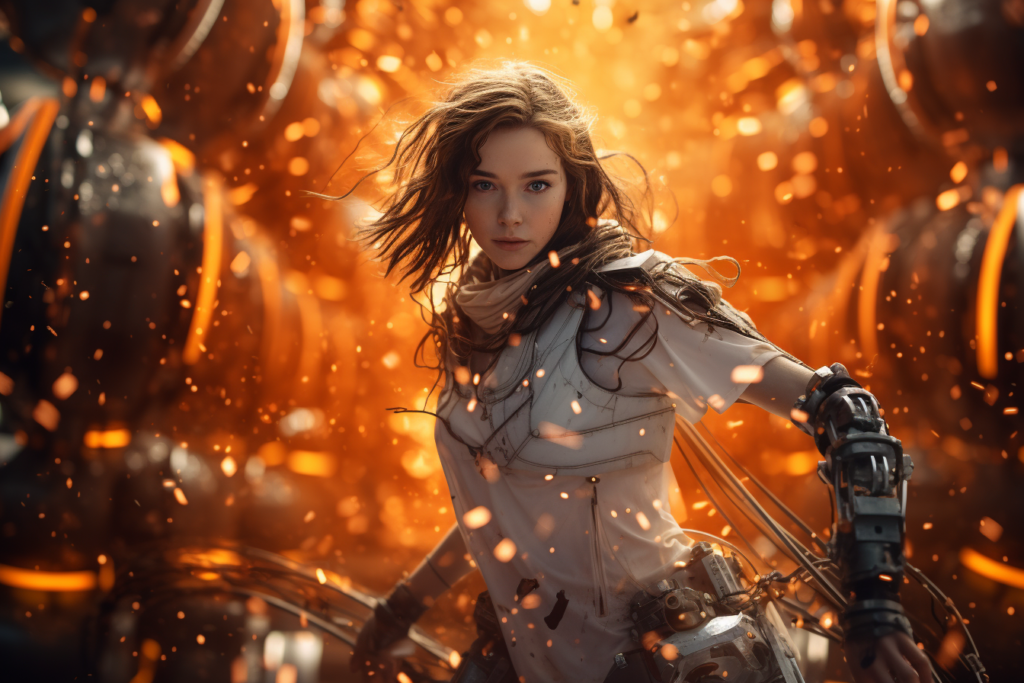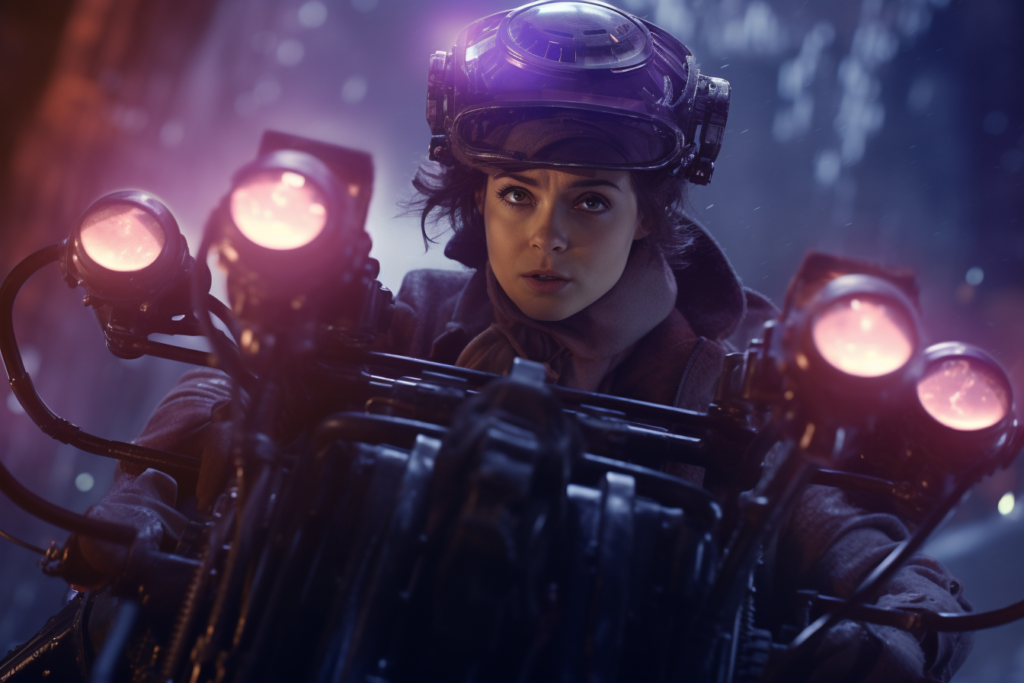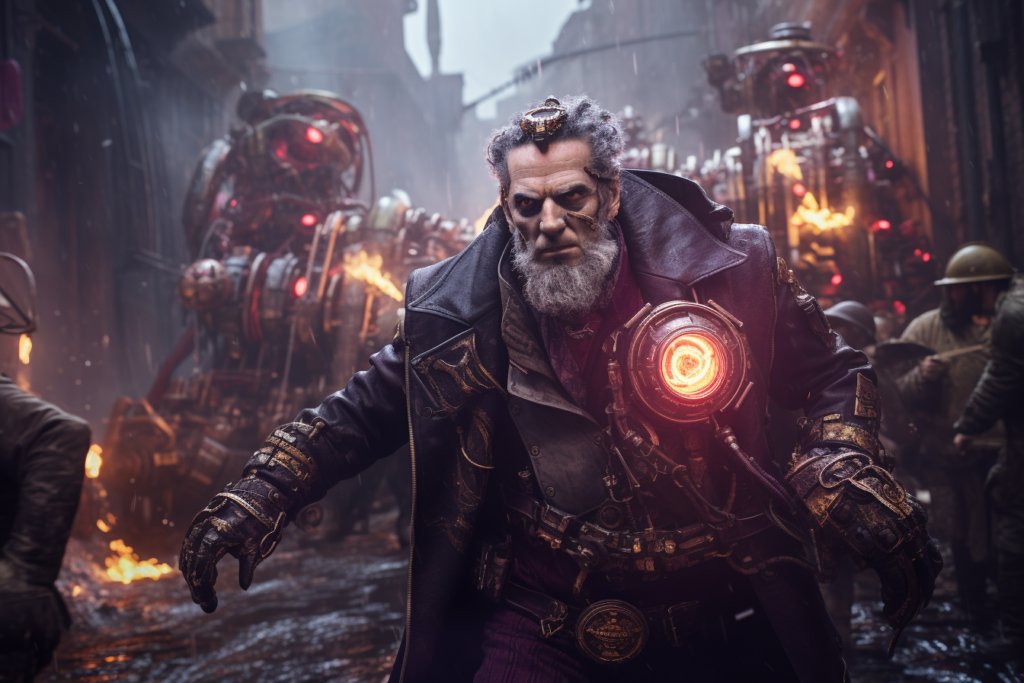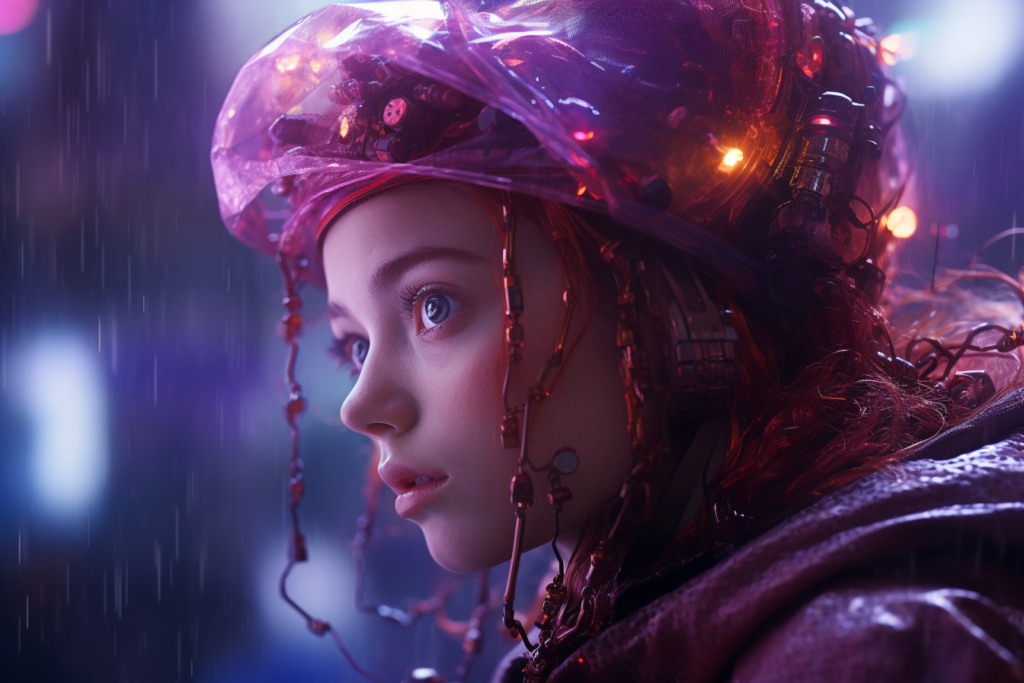
Generative AI has come a long way, but it’s no secret that it has often struggled with poor composition. Many AI-generated images tend to be repetitive and uninspiring, resulting in somewhat dull and monotonous visuals.
In the mid-’80s, the horror movie genre and visionary directors like Wes Craven, John Carpenter, and Sam Raimi laid the foundation for what later became the playbook of composition and dynamic framing in modern cinema. It was during this era that innovative “scrappy” cinematography techniques started to emerge, daring to push and challenge the traditional standards, creating more engaging and thrilling visual experiences.
As we stepped into the early ’90s, Hollywood blockbuster and disaster movies took these cinematic principles and elevated them to new heights. The introduction of digital visual effects marked a departure from 100% practical filmmaking, allowing for even more creative freedom in composition and framing.
Now, fast-forward to more recent times, and the landscape of generative AI has evolved significantly. Models like Mid Journey 5.2 have been trained on extremely vast datasets and have developed an impressive profound understanding of language, including technical jargon and specific references. This newfound semantic understanding opens up exciting possibilities for creative endeavors.
In a recent exercise, I set out to leverage the capabilities of MJ 5.2 to push the boundaries of composition and framing. Drawing inspiration from those very same classic films and personal favorites of the ’80s and early ’90s, these images take full advantage of forced perspectives, mid to shallow depth of field, wider anamorphic lenses, and carefully crafted lighting setups that make foreground and middle-ground elements “pop.” Hope you enjoy!
Stay inspired and stay connected.
Davide
THE LAST DUSK
